Crop Protection :: Pest of Rice
| |
Rice case worm: Nymphula depunctalis |
Symptom of damage:
- Larvae feed on green tissues of the leaves and the leaves become whitish and papery and add green one
- Tubular cases around the tillers by cutting the apical portion of leaves
- Floating of tubular cases on the water
- Cutting off leaf tips to make leaf cases
Identification of insect pest:
-
Egg: Individual egg is circular, flattened, and measures 0.5 mm in diameter. It is light yellow and has a smooth surface. Mature eggs are darker and develop two purplish dots.
-
Larva: Pale translucent green with orange head. It has filamentous gills on the sides of the body. The larvae are found hanging from the leaf and measures upto 15mm long.
-
Pupa: The pupa is cream in color and about 5.5 mm long. Mature pupa is silvery white.
-
Adult: Moth is small, delicate white with pale brown wavy markings. The adult moth is about 5 mm long. It is bright white with light brown and black spots.
|
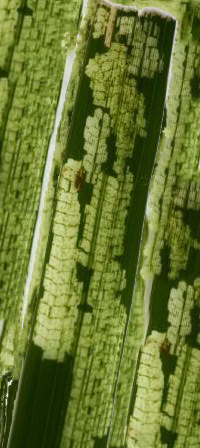 |
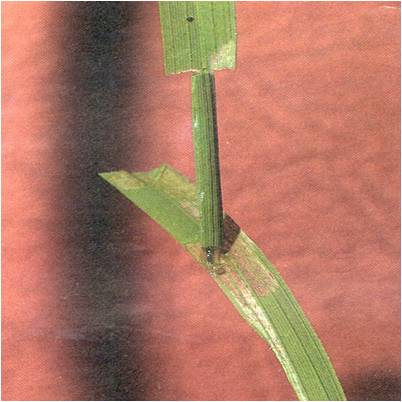 |
| White scrapings on leaf due to feeding |
Cutting the apical portion of leaves |
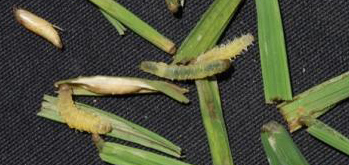 |
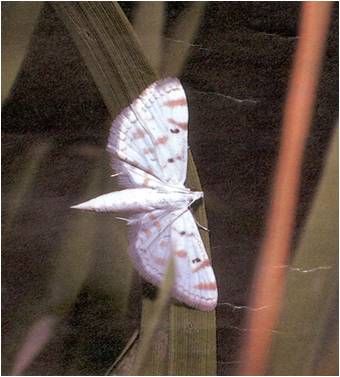 |
| Larva |
Adult |
|
Management:
-
ETL–2 FDL/hill (FDL- Fully Damaged Leaf)
-
The pest is semi aquatic and hence draining is the most effective method for the management of the pest.
-
Mix 400 ml of kerosene with 10 kg of sand and apply to the standing water. Dislodge the cases by passing a rope and then drain water; collect the cases and destroy.
-
Maintain field and bunds weed free. Do early planting and follow wider spacing.
-
Follow split fertilizer application.
-
Encourage biological control agents like hydrophilid and dytiscid water beetles which feed on larvae and spiders, dragonflies, and birds which feed on adults.
-
Spray phenthoate 50% EC @ 160 ml/ac.
|
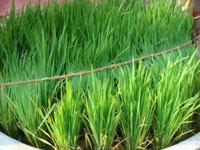 |
 |
| Pass the rope to dislodge tubular cases and eggs |
Hydrophilid beetle preys caseworm larva |
|
|






